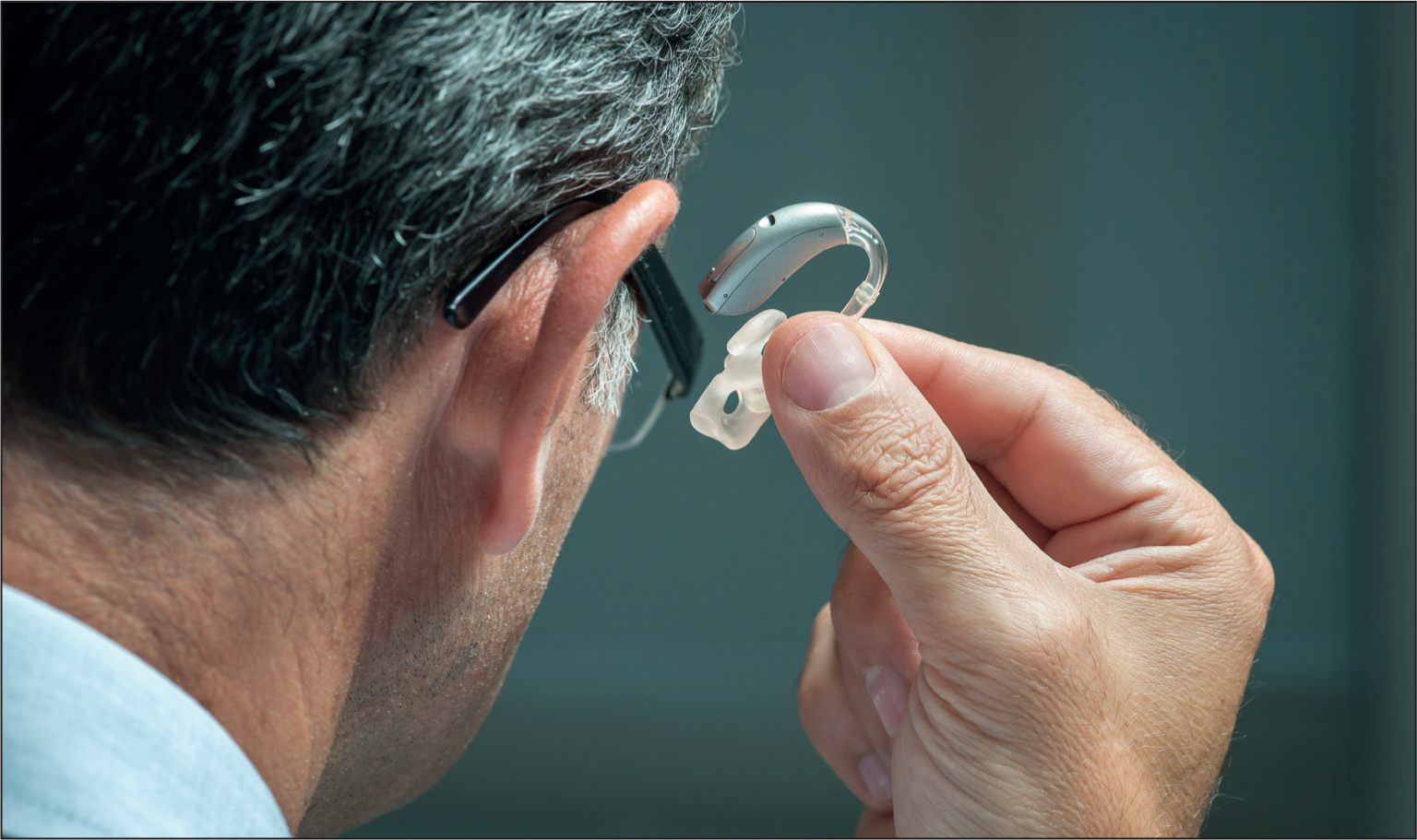Leisure-time physical activity and mortality from influenza and pneumonia
The World Health Organisation (WHO) recommends that adults perform ≥150min/week of moderate-intensity equivalent aerobic physical activity and ≥2 episodes/week of muscle-strengthening activities. Given that physical inactivity is a risk factor for severe COVID-19 illness and potentially for influenza and pneumonia mortality, Webber et al (2023) undertook a longitudinal study to examine the association of leisure-time physical activity with mortality from influenza and pneumonia.
Almost 578,000 US adults who participated in the National Health Interview Survey from 1998 to 2018 were followed for mortality through 2019. As well as meeting WHO criteria, participants were also classified into five volume-based categories of self-reported aerobic and muscle-strengthening activity.
Participants meeting the aerobic and muscle-strengthening physical activity guidelines were about half as likely to die from influenza and pneumonia as their peers who met neither guideline. Compared to aerobically inactive individuals, mortality was lower in participants who performed leisure-time aerobic physical activity, even at a level below the WHO recommended guidelines. Further, two episodes/week of muscle-strengthening activity was associated with lower risk of influenza and pneumonia mortality, whereas ≥7 episodes/week was associated with higher risk. The authors speculate that ‘efforts to reduce influenza and pneumonia mortality among adults might focus on decreasing the prevalence of aerobic inactivity and increasing the prevalence of achieving 2 episodes/week of muscle-strengthening activity’.
Management of depression in chronic care patients using a task-sharing approach
The symptoms of depression are common among those South African primary healthcare (PHC) patients who have chronic medical conditions, but their mental health challenges are usually left unrecognised and untreated. In this study Kathree et al (2023) evaluated the viability of a collaborative care model on depression symptom reduction in chronic PHC patients based on diagnoses and referrals.
A total of 627 patients participated in the study: 77% female; 7% had previously been diagnosed with depression; 79% diagnosed with HIV; 27% had a diagnosis of hypertension; only 30% were employed; 23% had completed secondary school education; and 44% had reported experiencing hunger in their households in the previous month. The PHC nurses independently assessed, diagnosed, and referred patients, and the results showed that referral for treatment was independently associated with substantial improvements in depression symptoms three months later, compared to those participants diagnosed with depression symptoms but not referred for treatment for depression.
The authors suggest that their findings ‘indicate that training PHC health workers to identify, refer and treat depression within a collaborative task-shared model encouraged the use of co-located/facility-based counselling delivered by non-specialist mental health workers as part of real-world PHC services, helped to promote integrated, accessible mental health services.’
The relationship between frailty and spinal alignment in the elderly general population
Oe et al (2023) cite evidence that the concept of frailty was first defined in 1992 as ‘a state of reduced physiologic reserve associated with increased susceptibility to disability’, and subsequently redefined as meeting three or more of the following five criteria: unintentional weight loss, exhaustion, weakness (grip strength), reduced walking speed, and low activity. Frailty can also be considered as an age-related decline in physical function, so it may contribute to a worsening spinal alignment, although there are few reports on this.
In this Japanese study, Oe et al (2023) aimed to examine spinal radiographic parameters using frailty criteria in volunteers participating in a health screening study. There were 211 volunteers (71 males and 140 females) aged 60–89 years old, and they were divided into three groups (R: robust, PF: pre-frailty, and F: frailty). There were 67 volunteers in group R, 124 volunteers in group PF, and 20 volunteers in group F, and there was a two-year follow-up.
The authors found that frailty was associated with a worsening of spinal alignment, further reporting that ‘the early stages of frailty may begin with a decrease in activity and progression of exhaustion. It is important to increase motivation to exercise and acquire exercise habits to prevent progression.’

Hearing handicaps, communication difculties and depression in older adults
Around one-third of the elderly population experience moderate to severe hearing loss, which may impact communication, cognitive, emotional, and social aspects of their lives. In this Iranian study, conducted during the COVID-19 pandemic, Tavanai et al (2023) aimed to evaluate communication difficulties, self-perceived handicaps, and depression in hearing-impaired older adults who were either hearing aid users or non-users.
A total of 114 older adults aged 55–85 years with moderate to moderately severe hearing loss (57 hearing aid users; 57 hearing aid non-users) participated, and self-perceived hearing handicaps and communication were evaluated using the Hearing Handicap Inventory in the Elderly-Screening and Self-Assessment Communication questionnaires. Depression was also assessed.
In the hearing aid user group, 61.4% of participants reported having a moderate handicap; in the non-user group, 45.6% reported having a moderate handicap. The authors speculate ‘that self-perceived handicap, communication difficulties and depression are affected by many factors, and only receiving hearing aids without subsequent support such as auditory rehabilitation and programming services cannot bring the expected output.’ These factors, suggest the authors, were exacerbated during the COVID-19 era pandemic, with the relative absence of support in maximising the beneficial effects of hearing aids contributing to feelings of handicap and depression.


